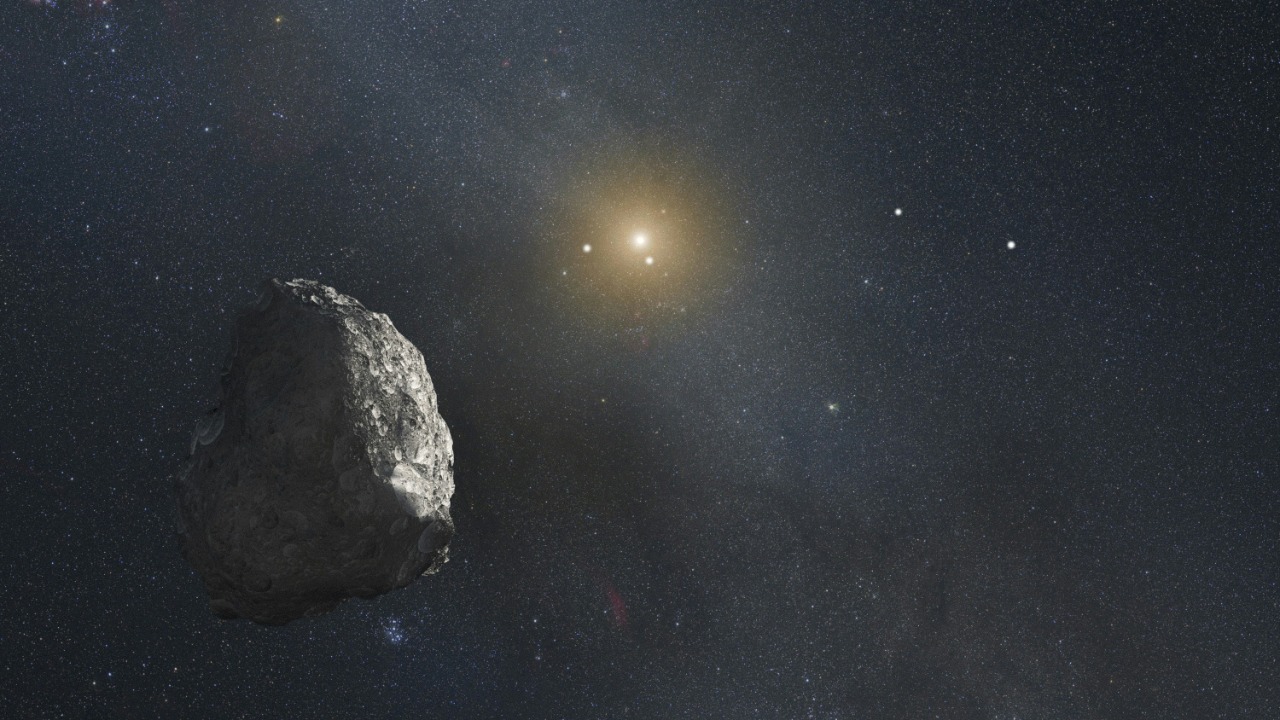
TransAstra, a California-based startup, is making strides in the field of space resource utilization with its innovative giant inflatable bag technology. This technology is designed to capture asteroids for potential mining and remove hazardous space debris. Recent developments suggest that this approach might be feasible, transforming resource extraction in orbit and mitigating space junk.
The Rise of TransAstra
TransAstra is a startup that has set its sights on addressing the challenges of asteroid access and orbital debris. The company’s focus on space resource utilization has led to the development of a unique inflatable capture system. This system, as reported in November 2025, is a testament to the company’s innovative approach to space exploration and resource extraction.
The credibility of this project is bolstered by the expertise and partnerships within the TransAstra team. The collective knowledge and experience of the team members have been instrumental in the development and refinement of the giant inflatable bag technology.
Understanding the Giant Inflatable Bag
The inflatable bag designed by TransAstra is a lightweight, expandable structure capable of enclosing asteroids of certain sizes for controlled capture. The bag’s material and inflation mechanism have been designed to withstand the harsh conditions of space, emphasizing its durability.
This technology is scalable, allowing for the capture of targets ranging from small debris to larger asteroids. This versatility makes the inflatable bag a promising solution for a variety of space resource utilization challenges.
How the Capture Process Works
The deployment sequence of the inflatable bag involves launch, inflation, and enclosure of the target asteroid or debris. The bag is equipped with guidance systems for precise positioning in orbit, a feature that has been highlighted in recent analyses for its technical feasibility.
Once the target is captured, the bag can be used for stabilization or towing to desired locations. This post-capture handling is crucial for the subsequent steps of resource extraction or debris disposal.
Applications in Asteroid Mining
The inflatable bag technology has significant potential for extracting rare metals and resources from captured asteroids. This positions it as a step toward commercial space mining, enabling safer and more efficient mining operations. The Times of India has highlighted this potential in its coverage of the technology.
Examples of targeted asteroid types suitable for this method include those rich in platinum group metals, water, and other valuable resources. The extraction of these resources could revolutionize industries on Earth and fuel further space exploration.
Tackling Space Debris Challenges
Aside from asteroid capture, the inflatable bag can play a significant role in capturing and deorbiting space junk. This is crucial for mitigating collision risks in crowded orbits and promoting sustainable space use. The environmental benefits of this dual-purpose technology have been noted in coverage of TransAstra’s work.
The inflatable bag technology could be integrated with existing satellite constellations for debris monitoring. This would allow for more effective tracking and removal of space debris, further enhancing the safety of space operations.
Potential Broader Impacts on Space Exploration
Successful asteroid capture could fuel future space missions, including propellant production or habitat construction. There are also innovative extensions to consider, such as sunlight reflection for planetary cooling, though the primary focus remains on capture technology, as noted by AOL.
The economic projections for the space mining industry enabled by such innovations are promising. The development of asteroid capture technology could open up a new frontier for resource extraction, with significant implications for the global economy.
Challenges and Next Steps
Despite the promising potential of the inflatable bag technology, there are technical hurdles to overcome. These include maintaining bag integrity under micrometeorite impacts and ensuring precise deployment in microgravity. Regulatory and ethical considerations for asteroid resource claims also need to be addressed, as highlighted by the Times of India.
TransAstra has planned demonstrations and timelines for testing the system. These next steps will be crucial in validating the feasibility of the technology and paving the way for its practical application in space resource utilization.
More from MorningOverview